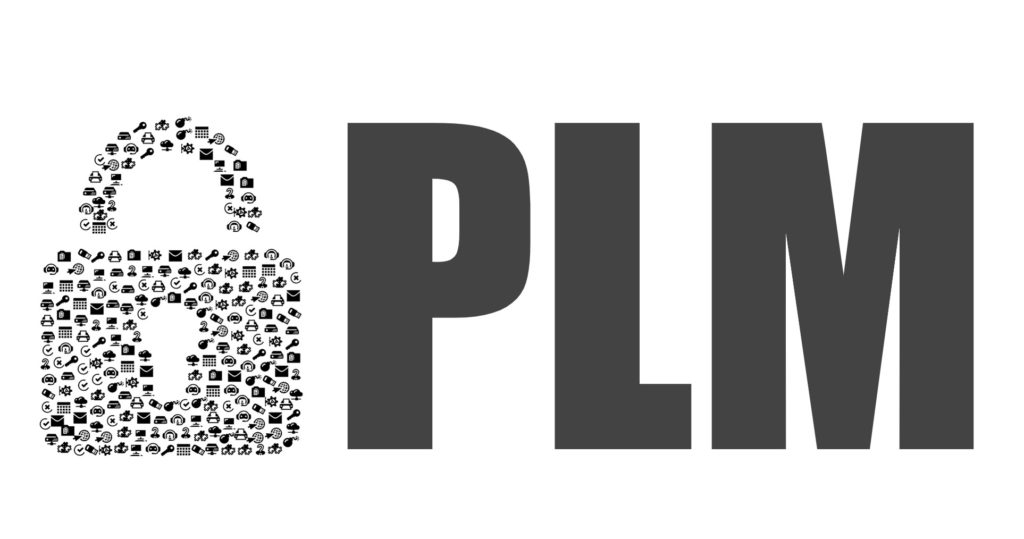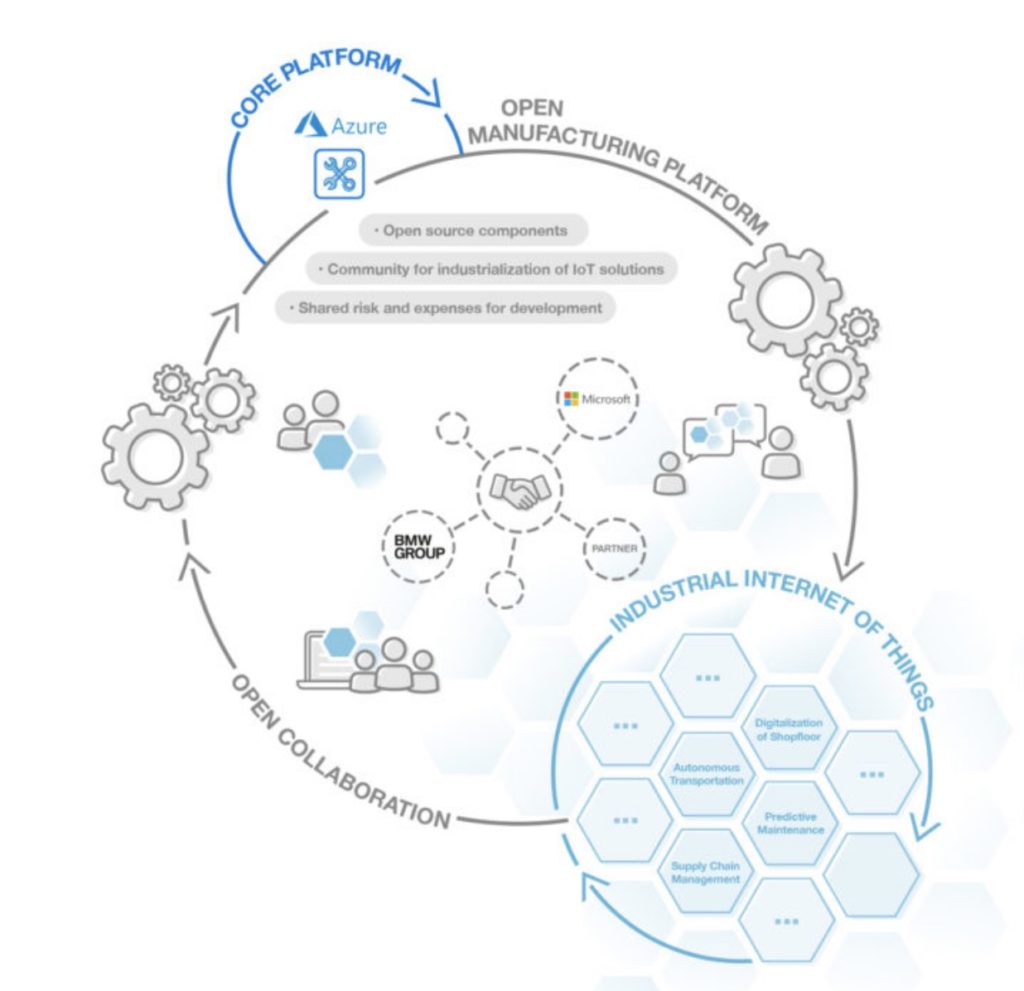
Remember old days of engineering software? It was the time of proprietary data formats and interoperability solutions. These days aren’t completely over, but the discussions about interoperability between applications are switching gears. There are enough solutions in the market to translate one proprietary format to another. This is not a problem. So, where is the problem?
The solution to managing data and processes is the next battleground. Call it digital twin, digital thread, PLM or any other names. It comes down to the massive amount of data management, data transmission and applications running to perform some planning and execution tasks. Applications managing these processes are sophisticated and the demand for vertical integration is high.
How to provide an open platform? What can be the foundation of an open platform? You can think an open platform will be welcomed by everyone. The answer is yes, but… The big elephant in the room of openness is related to business models of vendors. For many years, these business models were focused on providing a data foundation and up selling applications and solutions to leverage data. While the question of interoperability is not an issue anymore (there are enough APIs to get data outside of platforms), an entire solution to pull data in/out can be a bit cumbersome and not sustainable.
I can see two groups of people. The first is still hope that a single platform from “A” vendor (place any name here) will solve the problem. The second group is trying to figure out how different applications and tools will work together. I’m a firm believer that the second group has the right approach. You might have a chance to go with an isolated platform from scratch in a new environment, but in the reality of current manufacturing and status quo, openness will become the next big deal to manage enterprise applications.
My attention was caught by Microsoft OMP (Open Manufacturing Platform) announcement. Check out here.
“Microsoft is joining forces with the BMW Group to transform digital production efficiency across the industry,” said Scott Guthrie, executive vice president, Microsoft Cloud + AI Group. “Our commitment to building an open community will create new opportunities for collaboration across the entire manufacturing value chain.”
An interesting part of the vision is an open data model. Here is a passage from OMP website.
Built on the Microsoft Azure industrial IoT cloud platform, the Open Manufacturing Platform is intended to provide a reference architecture with open source components based on open industrial standards and an open data model.
This picture captured from the website can give you an idea but provides you very little explanations about what is behind the open data model.

It is also interesting what will be the role of existing PLM platforms in OMP. New technologies and, especially, web and cloud can provide much easier integration points and real-time integration of data and processes into a single solution.
Hosting engineering data in the cloud, such as design, bill of materials, manufacturing plans and supplier collaboration will be a source of intelligence to switch to network PLM paradigm.
What is my conclusion? Openness and real-time connectivity will play a key role in the foundation of future engineering and manufacturing solutions. Moving away from silos and data pumping between databases to open data models, web services and real-time connectivity can provide a way to improve efficiency and source data for manufacturing intelligence. Just my thoughts…
Best, Oleg
Disclaimer: I’m co-founder and CEO of OpenBOM developing cloud-based bill of materials and inventory management tool for manufacturing companies, hardware startups, and supply chain. My opinion can be unintentionally biased.
The post From Interoperability to Open Data Model in Manufacturing appeared first on Beyond PLM (Product Lifecycle Management) Blog.



Be the first to post a comment.